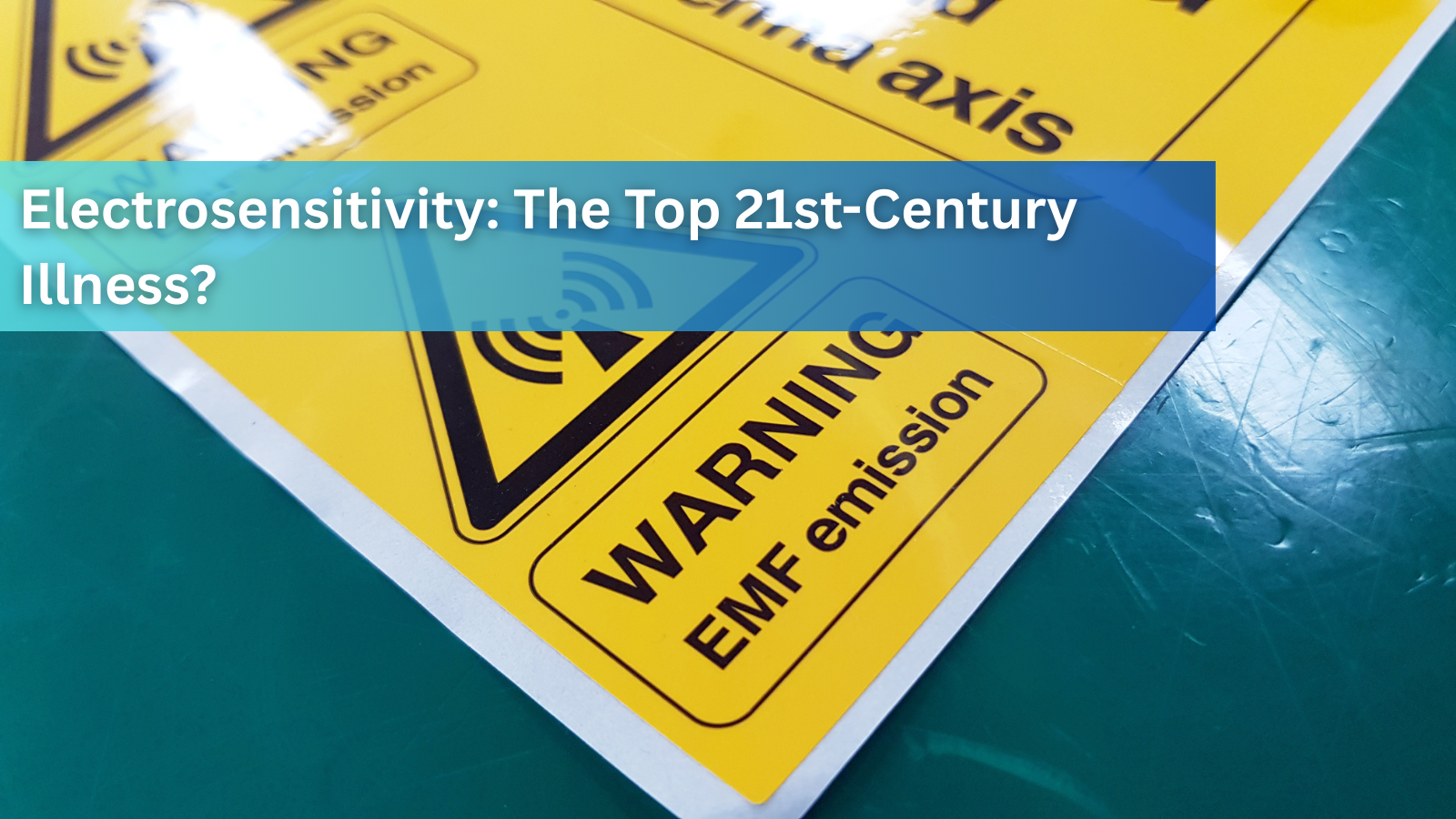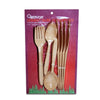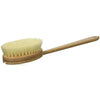Red Light Therapy: A Bright Solution for Healing and Recovery

Curious about red light therapy and how it can benefit your health? Let's shine a light on this trending treatment and uncover its potential to ease pain and reduce inflammation. You've probably seen celebrities and influencers wearing cool LED face masks to combat aging and acne. But the magic behind these masks—red light therapy (RLT), also known as photobiomodulation—offers perks that go beyond skincare. Even elite athletes are jumping into red light beds to speed up recovery. Doctors are using RLT to treat both chronic and acute pain, hoping to reduce opioid prescriptions post-surgery.
Experts believe that red light energizes your cells, enhancing their function. Just like plants use sunlight for energy, humans can harness red light, says Dr. Robert Bowen, a physician who has been using RLT for over 20 years.
Ready to Try Red Light Therapy? Here’s What the Experts Say:
Boosts Athletic Performance and Recovery
ASK YOUR FAVORITE ATHLETES

RLT might help you recover faster after workouts and even prevent muscle soreness. Research shows that RLT reduces levels of an enzyme that causes muscle aches and damage after exercise. It's why professional sports teams have red light beds in their training rooms.
But you don't have to be a pro athlete to benefit. Dr. Bowen uses RLT for 15 minutes before and after his workouts, and he finds it boosts his overall performance. RLT also helps decrease lactic acid and improve circulation, says Dr. Juanita Anders, a researcher at the Uniformed Services University. Even the military is exploring RLT for its potential to enhance soldiers’ performance and recovery.
While some places offer workout classes under red light, experts suggest you won't reap many benefits unless you're close to the light and sitting still.
Reduces Inflammatory Pain and Swelling
TRUE STORY
RLT can transform genes that trigger inflammation, shifting them from a pro-inflammatory to an anti-inflammatory state. It helps regulate inflammation—either increasing it when needed or decreasing it when it's problematic. This means RLT not only alleviates pain but accelerates healing.
For surface-level issues like bug bites, burns, rashes, or cuts, RLT is highly effective as the light can easily reach the affected area. However, for deeper issues like arthritis, you might need a clinical setting with a stronger laser, says Dr. Soorena Khojasteh, director of pain medicine at Lankenau Medical Center.
RLT can also speed up fluid drainage along lymphatic tracks, reducing swelling, including lymphedema in breast cancer patients. While it can help with swelling from injuries like sprained ankles, it won't address swelling from sodium retention, kidney problems, or heart failure, explains Dr. Bowen.
Should You Start RLT Today?
HOLD ON A MINUTE...
Doctors and scientists are optimistic about RLT's potential—from skincare and athletic recovery to managing chronic pain and possibly even brain health. However, challenges remain. Unless you're receiving RLT from a healthcare professional, it’s hard to know if your device is effective. While FDA approval is needed for red light products, there’s no easy way to gauge their strength before buying. The good news? The treatment is safe, so the biggest risk is spending money on an ineffective device.
More research is needed to determine the best wavelengths for different conditions and to fully understand how RLT works. “We discover new things every year,” says Dr. Bowen. “We knew it was beneficial 20 years ago, but only recently have we begun to understand the mechanisms.”
Tips to Maximize Your RLT Sessions
If you invest in a red light device, follow these tips to get the most out of your sessions:
- Get Close: Position yourself as near to the light source as possible. Some experts recommend placing the light directly on the skin, but always follow your device's instructions.
- Regular Sessions: Aim for three sessions a week, spending 15 to 20 minutes under the light each time.
- Target Effectively: Ensure the light reaches the area you're treating. Rotate your body if you're using a panel and wear minimal clothing.
- Act Quickly: For acute issues like a twisted ankle, start RLT immediately for best results.
- Consult Your Doctor: With limited information about reliable retail products, it's wise to discuss this treatment with your healthcare provider.
Red light therapy offers promising benefits for recovery and pain management. By understanding how to use it effectively, you can harness the power of light to enhance your health and well-being.
Sources
Lee, S. Y., You, C. E., & Park, M. Y. (2016). Efficacy of red light therapy in the treatment of acne vulgaris. Journal of Photochemistry and Photobiology B. PubMed Abstract
Schiffer, F., Johnston, A. L., et al. (2020). The effect of red light therapy on depression and anxiety in patients with major depressive disorder. Journal of Affective Disorders. PubMed Abstract

September 27, 2025
Immune Supplements: Top 10 Best Supplements to Boost Immunity
Are you looking for effective ways to enhance your body’s natural defense? Immune supplements have become popular choices to support the immune system booster function, especially in times of increased illness risk. With so many products...
Read more
September 27, 2025
Cell Phone and WiFi Safety: How to Prevent and Treat EMF Damage and Electrosensitivity
Electrohypersensitivity (EHS), often called electrosensitivity, has been a polarizing and increasingly relevant issue over the past decade and a half. Since the number of people identifying with these symptoms continues to grow exponent...
Read more
September 27, 2025
Raw Carrots: Nature’s Antibacterial & Antiseptic Food
For most of us, carrots are simply a crunchy snack or a source of vitamin A. But according to researcher Ray Peat, PhD, raw carrots offer something more unusual: they act as a kind of natural antiseptic inside the gut, helping to contro...
Read more




Leave a comment